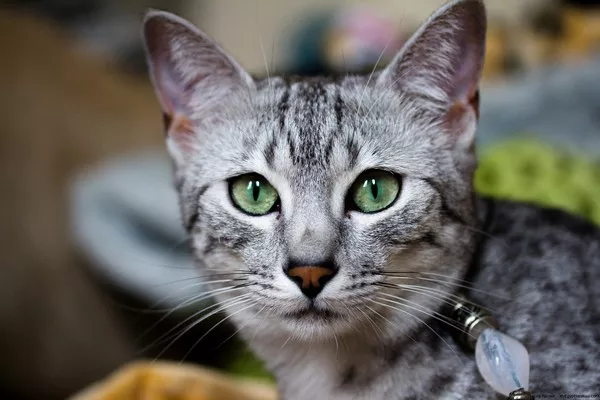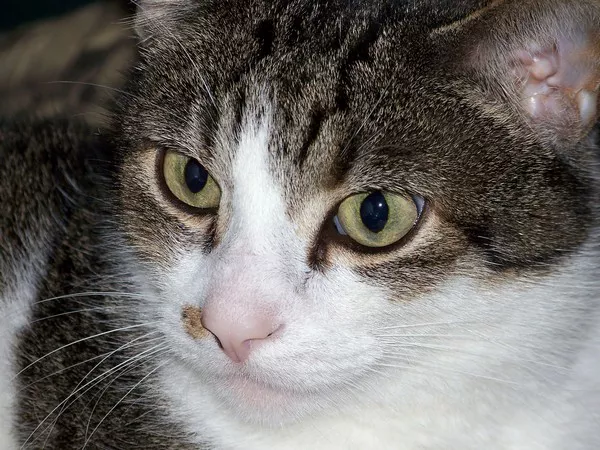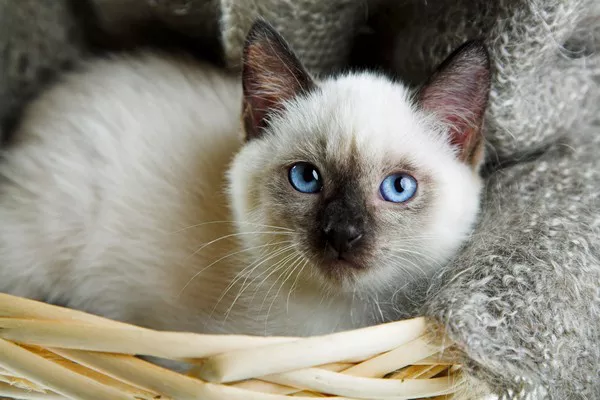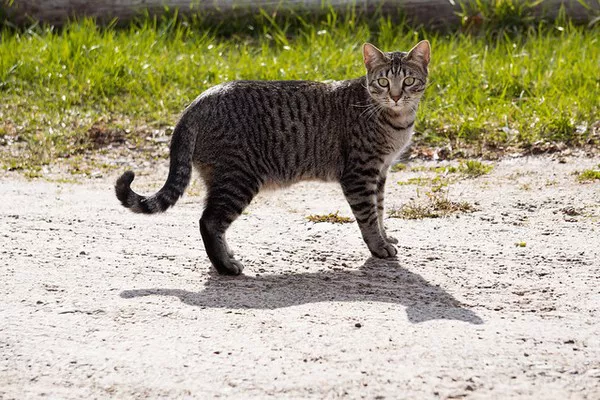Cats, those enigmatic and independent creatures, have intrigued and delighted humans for centuries. As responsible pet owners, understanding their dietary needs is crucial for their well-being. In this exploration, we delve into the question: do cats eat biscuits? While our feline friends may not have a penchant for the biscuits we humans enjoy, their dietary requirements and the world of cat-friendly treats offer a fascinating journey into the nuances of feline nutrition.
Unraveling Feline Dietary Preferences
Cats are obligate carnivores, meaning their diet primarily consists of meat. Unlike omnivores, such as dogs, cats have specific nutritional needs that are best met through a meat-based diet. Their evolutionary history as hunters has shaped their digestive systems and nutrient requirements.
1. Protein:
Essential Component: Protein is a fundamental building block for cats, crucial for maintaining muscle mass, supporting organ function, and promoting overall health.
Animal-Based Sources: Cats thrive on animal-based protein sources, such as meat and fish, which provide essential amino acids.
2. Fat:
Energy Source: Fat is a concentrated source of energy for cats, necessary for fueling their active lifestyles.
Healthy Fats: Cats benefit from healthy fats found in meat, contributing to coat health, skin condition, and nutrient absorption.
3. Taurine:
Critical Amino Acid: Taurine is an essential amino acid for cats, vital for heart function, vision, and reproductive health.
Abundant in Meat: Meat, especially in the form of muscle tissue, is rich in taurine, fulfilling this crucial dietary requirement.
4. Vitamins and Minerals:
Balanced Intake: Cats require a balanced intake of vitamins and minerals, with specific emphasis on vitamin A, vitamin D, calcium, and phosphorus.
Natural Sources: Quality meat-based diets naturally provide the necessary vitamins and minerals in appropriate proportions.
The Biscuit Conundrum: Are They Feline-Friendly?
Now, let’s turn our attention to the titular question: do cats eat biscuits? While the term “biscuits” typically brings to mind the crunchy delights enjoyed by humans, the feline palate has distinct preferences. Traditional biscuits, often high in carbohydrates and grains, aren’t ideal for cats.
1. Carnivorous Nature:
Limited Carbohydrate Digestion: Cats have a limited ability to digest carbohydrates. Their digestive systems are designed to efficiently process animal-based proteins.
Low Carbohydrate Requirement: In the wild, a cat’s diet would consist of minimal carbohydrates, making biscuits, often rich in grains, less suitable for their nutritional needs.
2. Nutritional Concerns:
Protein Quality: Biscuits may lack the high-quality animal proteins that cats require for optimal health.
Excessive Carbohydrates: High-carb content in biscuits can contribute to weight gain and may not align with the low-carb nature of a cat’s ideal diet.
3. Fillers and Additives:
Potential Allergens: Some biscuits may contain fillers, additives, or artificial ingredients that can trigger allergies or sensitivities in cats.
Limited Nutritional Value: Biscuits might not offer the comprehensive nutritional profile that a cat’s carnivorous diet demands.
Cat-Friendly Treats: Navigating the Options
While traditional biscuits might not be the ideal treat for your feline companion, the market offers a plethora of cat-friendly alternatives designed with their nutritional needs in mind.
1. Meat-Based Treats:
Freeze-Dried Meats: Freeze-dried meats, such as chicken or fish, provide a convenient and palatable treat rich in animal-based proteins.
Minimally Processed Options: Opt for treats with minimal processing to retain the nutritional integrity of the meat.
2. Commercial Cat Treats:
High-Quality Brands: Choose treats from reputable brands that prioritize quality ingredients and cater to a cat’s dietary requirements.
Limited Ingredient Treats: Look for treats with a limited number of ingredients, focusing on natural and recognizable components.
3. Homemade Cat Treats:
DIY Options: Explore homemade treat recipes using cat-friendly ingredients like lean meats and catnip.
Controlled Ingredients: Creating treats at home allows you to control the ingredients and ensure they align with your cat’s nutritional needs.
4. Interactive Treat Toys:
Enrichment Toys: Use puzzle feeders or treat-dispensing toys to make treat time an engaging and mentally stimulating activity.
Portion Control: These toys provide a controlled way to dispense treats, preventing overindulgence.
Moderation and Individual Preferences
As with any aspect of feline care, moderation is key when incorporating treats into a cat’s diet. Understanding your cat’s individual preferences is crucial in finding the most enjoyable and nutritionally sound treats for them.
1. Observation:
Watch for Preferences: Pay attention to your cat’s reactions and preferences when introducing new treats.
Monitor Digestive Responses: Ensure treats do not cause digestive upset, and be mindful of any signs of allergies or sensitivities.
2. Consultation with Veterinarian:
Professional Guidance: Consult your veterinarian for personalized advice on treats that align with your cat’s specific health needs.
Weight Management: Discuss treat frequency to maintain a healthy weight and overall well-being.
Conclusion
In the intricate tapestry of feline nutrition, the question of whether cats eat biscuits leads us to a nuanced understanding of their dietary requirements. While traditional biscuits may not be the optimal choice for our feline friends, the array of cat-friendly treats available ensures that we can delight them with enjoyable and nutritious options. By embracing a diet that mirrors their carnivorous nature and selecting treats thoughtfully, we contribute to the overall well-being and happiness of our beloved cats.






















